- 全部删除
 您的购物车当前为空
您的购物车当前为空
转移酶 (Transferases,EC 2)
转移酶 (Transferases, EC 2) 可催化特定官能团(例如甲基或糖基)从一个分子(称为供体)转移到另一个分子(称为受体)。它们参与整个生物学中数百种不同的生化途径,并且是生命中一些最重要过程不可或缺的一部分。在 EC 编号系统中,转移酶被归类为 EC2,转移酶主要根据转移的生化基团的类型进行描述,可分为十类,这些类别包括 450 多种不同的独特酶。
FGFR1 alpha (IIIc) Protein, Human, Recombinant (His & Avi), Biotinylated
TMPK-00395
Expression system: HEK293 Cells
Length: 22-374, Partial
Activity: ELISA
Length: 22-374, Partial
Activity: ELISA
- ¥ 5180
规格
数量
SPR兼容缓冲液
GALNT2 Protein, Human, Recombinant (His)
TMPY-03810
Expression system: HEK293 Cells
Length: 52-571, Partial
Activity: Not Tested
Length: 52-571, Partial
Activity: Not Tested
- ¥ 3820
规格
数量
HER2/ERBB2 Protein, Human, Recombinant (aa 1-652, His)
TMPY-01137
Expression system: HEK293 Cells
Length: 1-652, Extracellular Domain
Activity: SPR、Octet RED、ELISA、Cells
Length: 1-652, Extracellular Domain
Activity: SPR、Octet RED、ELISA、Cells
- ¥ 3260
规格
数量
SPR兼容缓冲液
DDOST Protein, Human, Recombinant
TMPY-02050
Expression system: E. coli
Length: 43-427, Partial
Activity: Not Tested
Length: 43-427, Partial
Activity: Not Tested
- ¥ 5100
规格
数量
mTOR Protein, Human, Recombinant (His & Myc)
TMPH-02089
Expression system: E. coli
Length: 2012-2144, Partial
Activity: Not Tested
Length: 2012-2144, Partial
Activity: Not Tested
- ¥ 1510
规格
数量
可置换缓冲液
PDK4 Protein, Mouse, Recombinant (His & GST)
TMPY-04445
Expression system: Baculovirus Insect Cells
Length: 1-412, Full Length
Activity: Not Tested
Length: 1-412, Full Length
Activity: Not Tested
- ¥ 3170
规格
数量
MERTK/Mer Protein, Mouse, Recombinant (His)
TMPK-01022
Expression system: HEK293 Cells
Length: 19-497, Partial
Activity: Not Tested
Length: 19-497, Partial
Activity: Not Tested
- ¥ 2660
规格
数量
SPR兼容缓冲液
ATP citrate lyase/ACLY Protein, Human, Recombinant (His)
TMPY-02483
Expression system: Baculovirus Insect Cells
Length: 1-1101, Full length
Activity: Not Tested
Length: 1-1101, Full length
Activity: Not Tested
- ¥ 3820
规格
数量
TRIM21 Protein, Human, Recombinant (His)
TMPY-05306
Expression system: Baculovirus Insect Cells
Length: 1-475, Full Length
Activity: Not Tested
Length: 1-475, Full Length
Activity: Not Tested
- ¥ 5120
规格
数量
CK2 alpha/CSNK2A1 Protein, Human, Recombinant (His)
TMPH-04686
CK2 alpha/CSNK2A1 Protein, Human, Recombinant (His) is expressed in E. coli. The accession number is P68400.
- ¥ 1470
规格
数量
SPR兼容缓冲液
AMPK (G1/B2/A1) Heterotrimer Protein, Human, Recombinant (His & GST)
TMPY-04452
Expression system: Baculovirus Insect Cells
Length: 1-331, Full Length
Activity: Enzyme Activity
Length: 1-331, Full Length
Activity: Enzyme Activity
- ¥ 5750
规格
数量
LCAT Protein, Mouse, Recombinant (His)
TMPK-00835
Expression system: HEK293 Cells
Length: 25-438, Full Length of Mature Protein
Activity: Not Tested
Length: 25-438, Full Length of Mature Protein
Activity: Not Tested
- ¥ 2360
规格
数量
SPR兼容缓冲液
CSK Protein, Mouse, Recombinant
TMPY-04760
Expression system: Baculovirus Insect Cells
Length: 1-450, Full Length
Activity: Not Tested
Length: 1-450, Full Length
Activity: Not Tested
- ¥ 3170
规格
数量
HER2/ERBB2 Protein, Human, Recombinant (His)
TMPJ-00778
Expression system: HEK293 Cells
Length: 23-652, Extracellular Domain
Activity: BLI
Length: 23-652, Extracellular Domain
Activity: BLI
- ¥ 740
规格
数量
SPR兼容缓冲液
PKM2 Protein, Human, Recombinant (His)
TMPY-04465
Expression system: E. coli
Length: 2-531, Full Length of Mature Protein
Activity: Not Tested
Length: 2-531, Full Length of Mature Protein
Activity: Not Tested
- ¥ 476
规格
数量
p38 gamma/MAPK12 Protein, Human, Recombinant (His & GST)
TMPY-04429
Expression system: Baculovirus Insect Cells
Length: 1-367, Full Length
Activity: Not Tested
Length: 1-367, Full Length
Activity: Not Tested
- ¥ 3170
规格
数量
GSTK1 Protein, Human, Recombinant
TMPY-03450
Expression system: E. coli
Length: 2-226, Partial
Activity: Not Tested
Length: 2-226, Partial
Activity: Not Tested
- ¥ 4460
规格
数量
GSK3B Protein, Human, Recombinant (E. coli, His)
TMPH-01405
Expression system: E. coli
Length: 1-420, Full Length
Activity: Not Tested
Length: 1-420, Full Length
Activity: Not Tested
- ¥ 1800
规格
数量
可置换缓冲液
VEGFR1/FLT-1 Protein, Human, Recombinant (His & Avi)
TMPK-00450
Expression system: HEK293 Cells
Length: 27-756, Partial
Activity: ELISA
Length: 27-756, Partial
Activity: ELISA
- ¥ 2660
规格
数量
SPR兼容缓冲液
Lck Protein, Human, Recombinant (His)
TMPH-02275
Expression system: E. coli
Length: 1-539, Full Length of Isoform 3
Activity: Not Tested
Length: 1-539, Full Length of Isoform 3
Activity: Not Tested
- ¥ 2680
规格
数量
可置换缓冲液
ART1 Protein, Human, Recombinant (His)
TMPY-06532
Expression system: HEK293 Cells
Length: 1-294, Full Length of Mature Protein
Activity: Not Tested
Length: 1-294, Full Length of Mature Protein
Activity: Not Tested
- ¥ 3820
规格
数量
SPR兼容缓冲液
UBE2L6 Protein, Human, Recombinant (His)
TMPY-02842
Expression system: E. coli
Length: 1-153, Full Length
Activity: Not Tested
Length: 1-153, Full Length
Activity: Not Tested
- ¥ 4460
规格
数量
CDK2 Protein, Human, Recombinant (His)
TMPY-04542
Expression system: Baculovirus Insect Cells
Length: 1-298, Full Length
Activity: No Kinase Activity
Length: 1-298, Full Length
Activity: No Kinase Activity
- ¥ 3170
规格
数量
SULT1A1 Protein, Human, Recombinant (His)
TMPY-02062
Expression system: E. coli
Length: 2-295, Partial
Activity: Not Tested
Length: 2-295, Partial
Activity: Not Tested
- ¥ 3820
规格
数量
转到第1页
/ 22 页










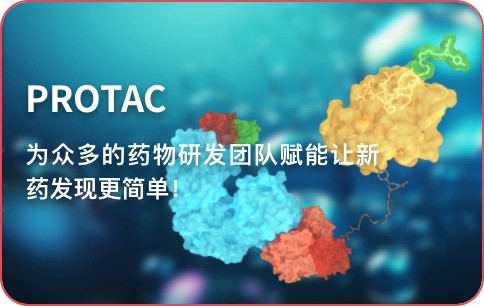






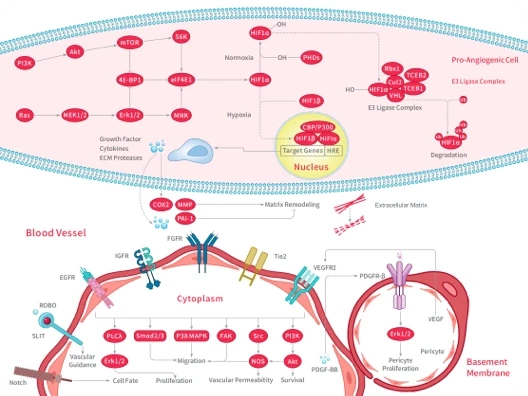
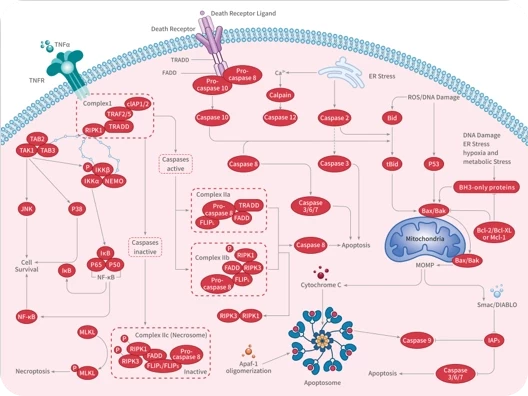
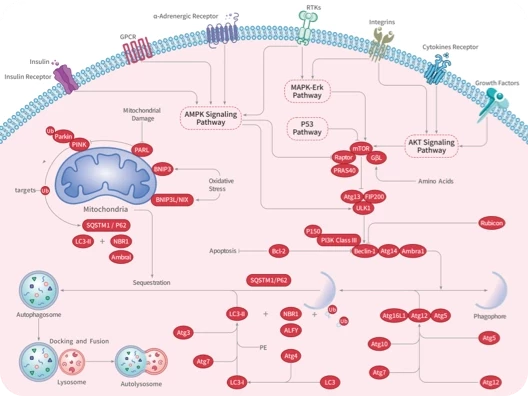


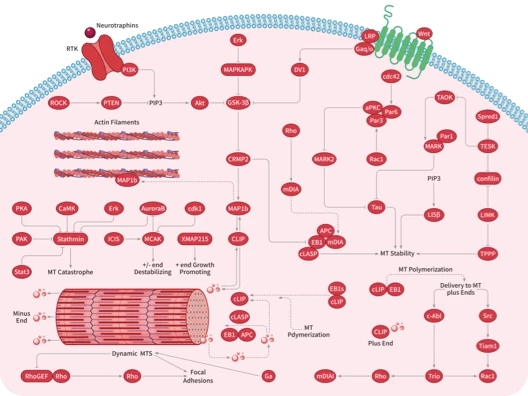
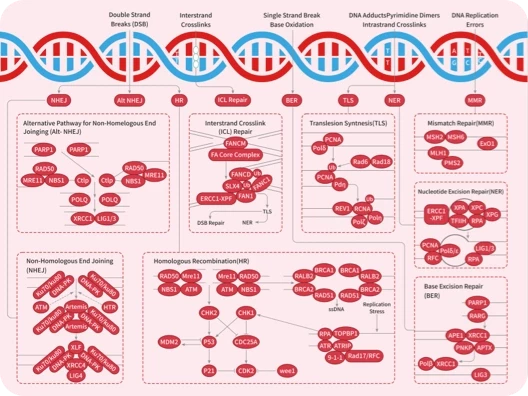

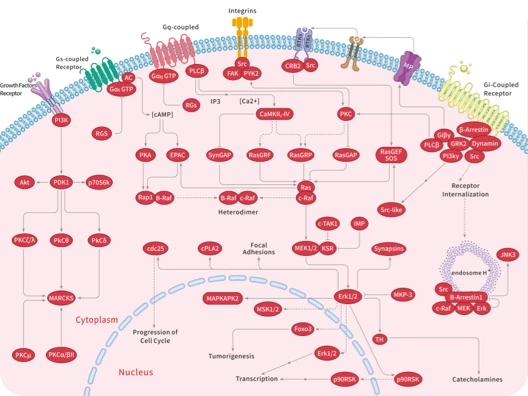
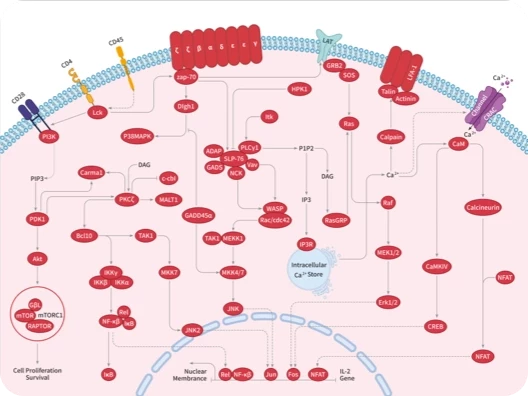
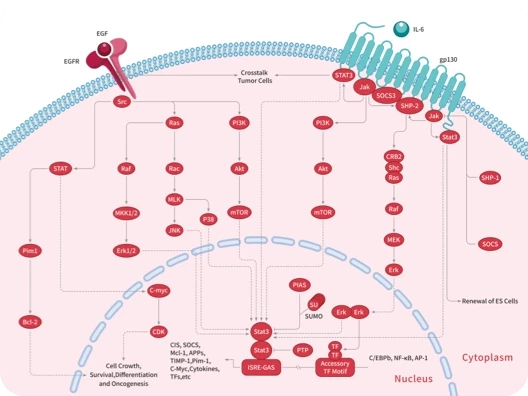
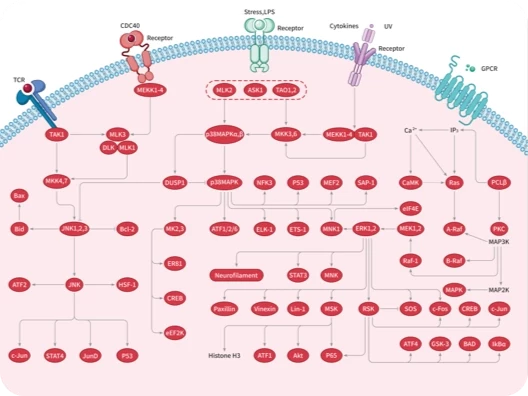


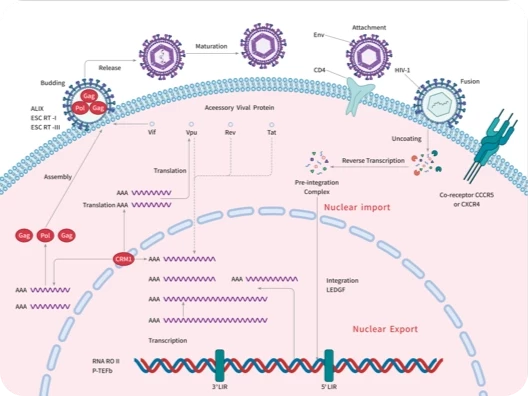

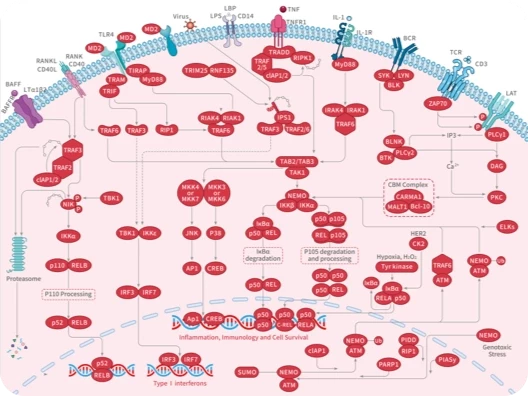
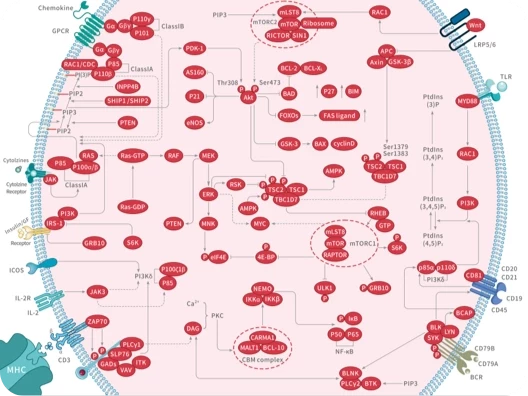
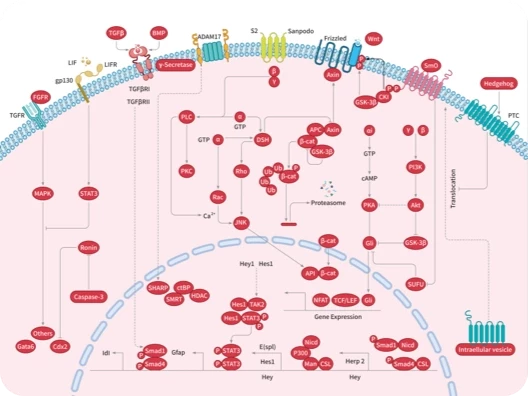

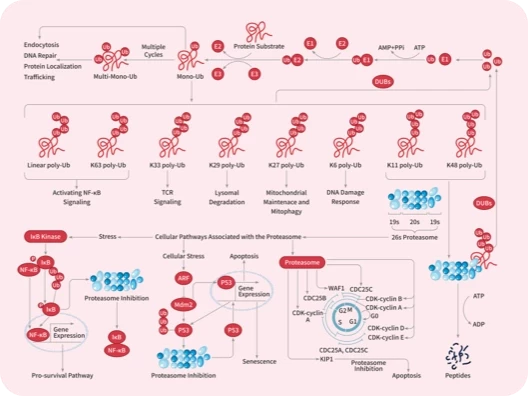

 |
|